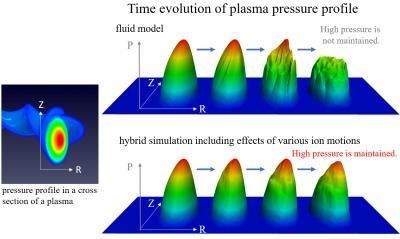Even quantum computers make mistakes. Their computing ability is extraordinary, exceeding that of classical computers by far. This is because circuits in quantum computers are based on qubits that can represent not only zeroes or ones, but also superpositions of both states by using the principles of quantum mechanics. Despite their great potential, qubits are extremely fragile and prone to errors due to the interactions with the external environment.
To solve this crucial issue, an international research group developed and implemented a new protocol that protects fragile quantum information and corrects errors due to qubit loss. This research group published the results of their study in Nature.
“Developing a fully functioning quantum processor still represents a great challenge for scientists across the world,” explains Davide Vodola who is one of the authors of the study as well as a researcher at the University of Bologna. “This research allowed us, for the first time, to implement a protocol that can detect and, at the same time, correct errors due to qubit loss. This ability could prove to be essential for the future development of large-scale quantum computers.”









